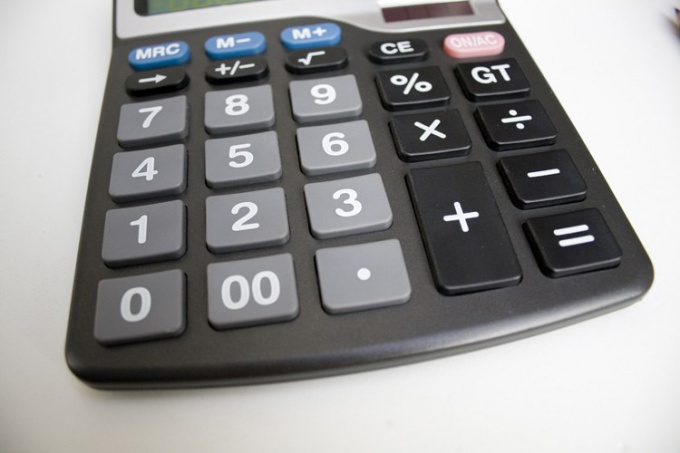Instruction
1
If the result of the operation of dividing the value expressed by percent to any number necessary to obtain the amount of interest (i.e., relative value), nothing special compared to dividing regular numbers to do not required. Just divide the percentage by the given number, ignoring the % sign, and add to the resulting number. For example, if you want to determine how much interest will remain, if you divide 65% off for ten parts, the result will be 6.5 per cent.
2
If the result of the division need to get the number in some specific units (i.e. absolute value), we described in the previous step, the operation should be supplemented by finding the percentage of the original value. For example, suppose you want to determine the absolute value of the bags, if 65% of the initial amount of twenty thousand pieces of sack tare divided into ten equal parts. In this case, first divide 65% by 10 (the result is 6.5%) and then proceed to the calculation of the percentage of the original amount.
3
For finding the absolute value of the share expressed in percent, can be used several ways. The first is to find how many absolute units (in this case, bags) accounting for one percent, and then multiplied by the value of the share is in percent. That is, for example, 20000/100*6,5=1300 bags. Another way is to multiply the original number, expressed in absolute units by a factor which is a divided by 100 share in percentage (6,5/100=0,065). That is 20000*0,065=1300 bags. For practical calculations it is possible to use a calculator or, for example, the built-in search engine Nigma calculator. To calculate the absolute value of one tenth of the share of 65% of the original quantity of 20,000 bags enter on the website of the system, the request 20000/100*(65/10) and click "Search". The search engine will calculate and show the number 1300.



